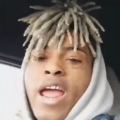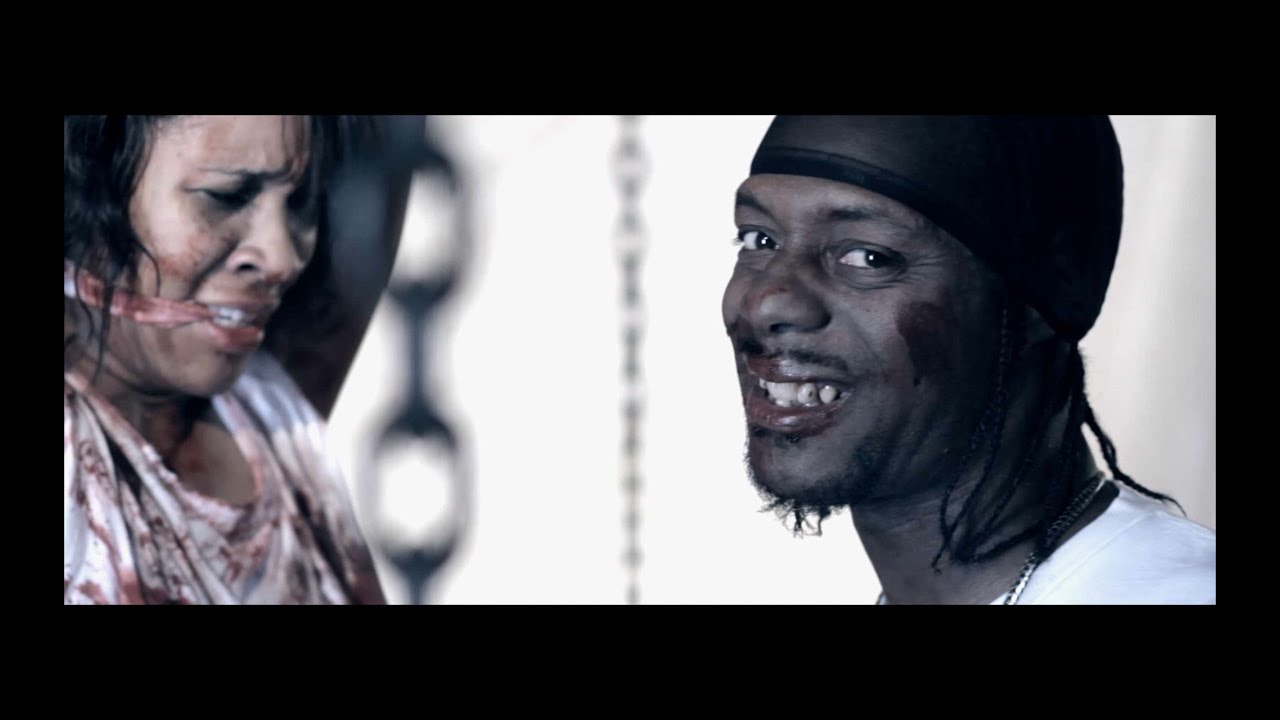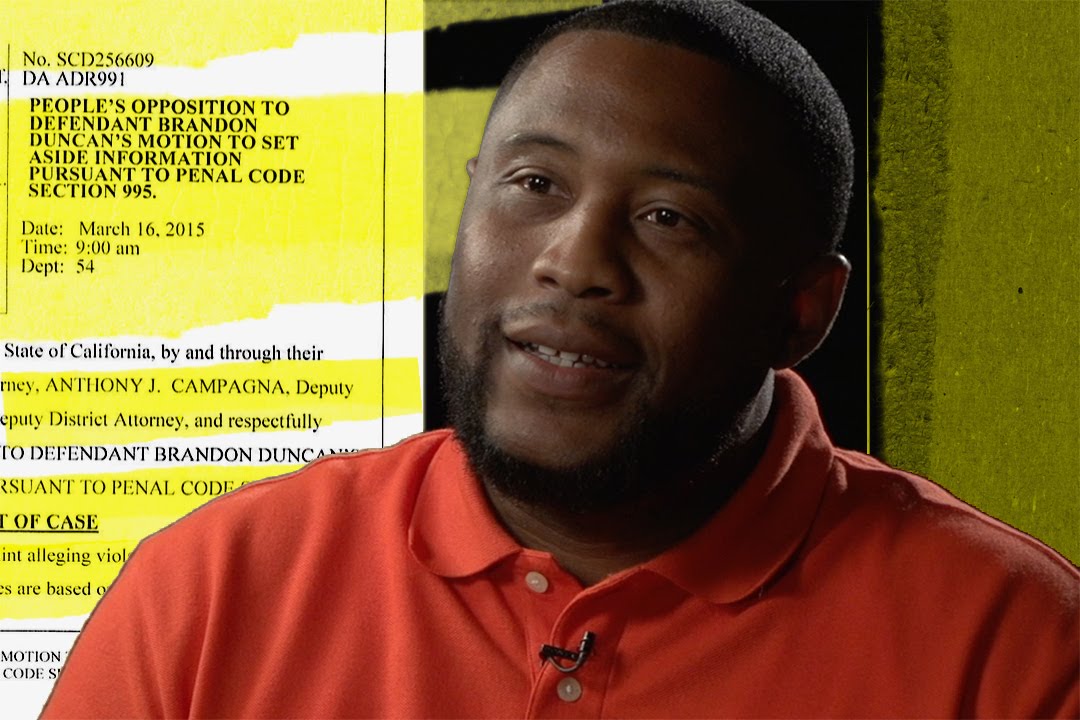What happens when you combine the sadistic inner thoughts of slasher filmmakers like Alfred Hitchcock and Wes Craven with the hard bassline beats of rap? A subgenre of hip-hop with a cult-like following that began in the 1990s called “horrorcore”. Horrorcore directly preceded gangster rap in terms of chronological time, and shares many of the signature traits of it: the overly violent nature coupled with the goal of painting a vivid visual for its audience. However while the purpose of gangster rap was to establish who was the top dog in the streets, horrorcore’s mission was to disturb and explore the inner depravities of the human mind. What began in the 1980s with the Geto Boys, a rap group notorious for portraying extreme violence against groups of people in their songs, has burgeoned into a fully matured section of rap with entire record labels devoted to producing artists that categorize themselves as horrorcore rappers. Strange Music, Inc. is an independent label that signed Tech N9ne, Prozak, and Brotha Lynch Hung, three prominent artists in the horrorcore genre. Brotha Lynch Hung (whose song embedded above) in particular frequently describes brutal murder, necrophilia, and cannibalism in his songs. An excerpt from his song “Meat Cleaver” is below:
“I’mma get deeper, creepin’ up in yo’ backyard with a meat cleaver Either, you and yo wife are ’bout ta get it Shoelace, choke the neck, coke and ex It’s like open sex, broke the neck Then I put a body in a back of the Lex I got a bad habbit (Doin’ what?) Stickin’ my dick in a corpse Rippin’ and pickin’ a part”
These morbid lyrics are typical of the horrorcore genre, with themes of sexualized killings as well as cannibalism a popular subject. The vast majority of songs have to do with women “wronged” the artist and must be punished accordingly. Revenge fantasies often include sneaking up on a woman, kidnapping and torturing her, murdering her (usually in the bloodiest way possible), copulating with the corpse, and finally dismembering the body. In almost every instance, the victim’s body is desecrated to the point of unrecognition. Not only do these artists kill their victims in the song, they make them cease to be human. The experiences of the victims are also not lost on the artists, who insert into the songs screams and breathless gasps of women as they symbolically chase them down and kill them. Perhaps the most famous hip hop artist that uses horrorcore traits in his songs is Eminem. The Detroit rapper’s early works include The Marshall Mathers LP, an album put out in 2000 that contained what many critics say are his finest songs. “Kill You” is a song on the album that contains lyrics about the rapper’s mother:
“Put your hands down bitch, I ain’t goin’ shoot you I’m a pull you to this bullet, and put it through you Shut up slut, you’re causin’ too much chaos Just bend over and take it like a slut, okay Ma? ‘Oh, now he’s raping his own mother, abusing a whore, Snorting coke, and we gave him the Rolling Stone cover?’”
Describing the rape of his own mother, Eminem seeks to disturb. He wants to put a pit in the stomach of his audience; an uneasiness that makes them question what exactly they’re listening to. By attacking his own mother with violence and rape, he does exactly that. “Stan”, another song on The Marshall Mathers LP, is another songs that borders alongside the horrorcore genre. The songs outlines an obsessive fan’s (named Stan) letters to Eminem. They start off normal, but take a horrifying turn as Eminem doesn’t respond. The verse ends with Stan tying up his pregnant girlfriend, shoving her in the trunk of his car, and driving off a bridge. In the background muffled kicking and screaming can be heard.
“See Slim, shut up bitch! I’m tryin’ to talk! Hey Slim, that’s my girlfriend screamin’ in the trunk But I didn’t slit her throat, I just tied her up, see I ain’t like you ‘Cause if she suffocates she’ll suffer more, and then she’ll die too Well, gotta go, I’m almost at the bridge now Oh shit, I forgot, how am I supposed to send this shit out?”
In this particular song, the lyrics themselves are not as bad as Brotha Lynch Hung’s “Meat Cleaver” or even Eminem’s “Kill You” on the same album. However, the content is basically the same: a man who thinks he has been discarded by the world and abandoned by the ones he loves takes revenge on the people who have wronged him. While Brotha Lynch Hung’s target is a small, focused group of horrorcore fans, Eminem’s fan base reaches broader audiences. The Marshall Mathers LP has sold more than 32 million copies worldwide and is certified Diamond since its release in 2000. Due to the toned down lyrics of “Stan”, it can still be heard on Top 40 radio stations in the US. This illustrates the growing amount of interest in horrorcore by modern music listeners. Eminem’s music can be used as a gateway to the more extreme versions of horrorcore. The horrorcore genre is not immune to going outside of the realm of artistic representation of violence and gore. In 2010 Richard McCroskey, an amateur horrorcore rapper who performed under the name Syko Sam, murdered his girlfriend, her friend, and her parents with a ball-peen hammer and wood-splitting maul. After attending a horrorcore concert with his girlfriend, McCroskey became distraught over a relational disagreement. He is currently serving life in prison after pleading guilty to the quadruple homicide.
With the undeniable misogynistic view towards women, the glorification of gory violence, and a track record for criminal violence, at what point does horrorcore stop being an artistic form of expression and becomes something to be limited? Where do we draw the line between our freedom of speech and the public protection of obscenity?
#rap #horrorcore #murder







To the question: “At what point does horrorcore stop being an artistic form of expression and become something to be limited?”— is a difficult question to answer, as it ultimately depends on one’s subjective view of what constitutes obscenity or harmful content. However, it is important to recognize that music and other forms of media have the power to shape our attitudes and beliefs, and that we have a responsibility to consider the potential impact of what we create and consume. While it is crucial to protect the freedom of speech and artistic expression, it is also important to consider the potential harm that can come from promoting violent or misogynistic content. As a society, we must continue to have open and honest discussions about the role of media in shaping our attitudes towards violence and gender, and work towards finding a balance between creative freedom and public protection. Ultimately, it is up to each of us as individuals to make responsible choices about what we choose to consume and support.